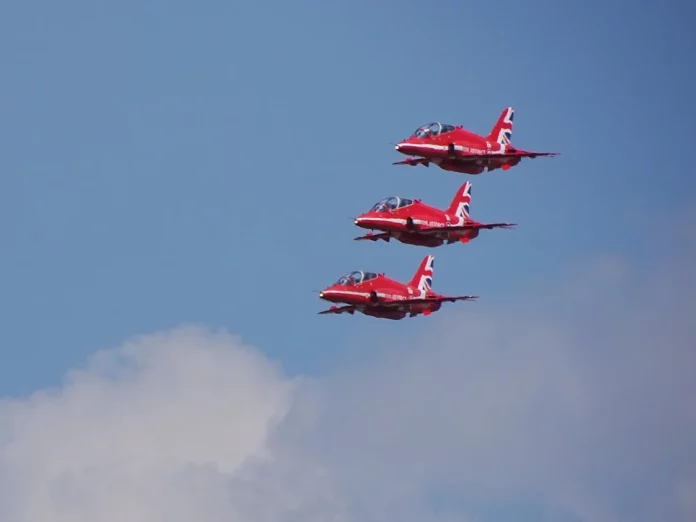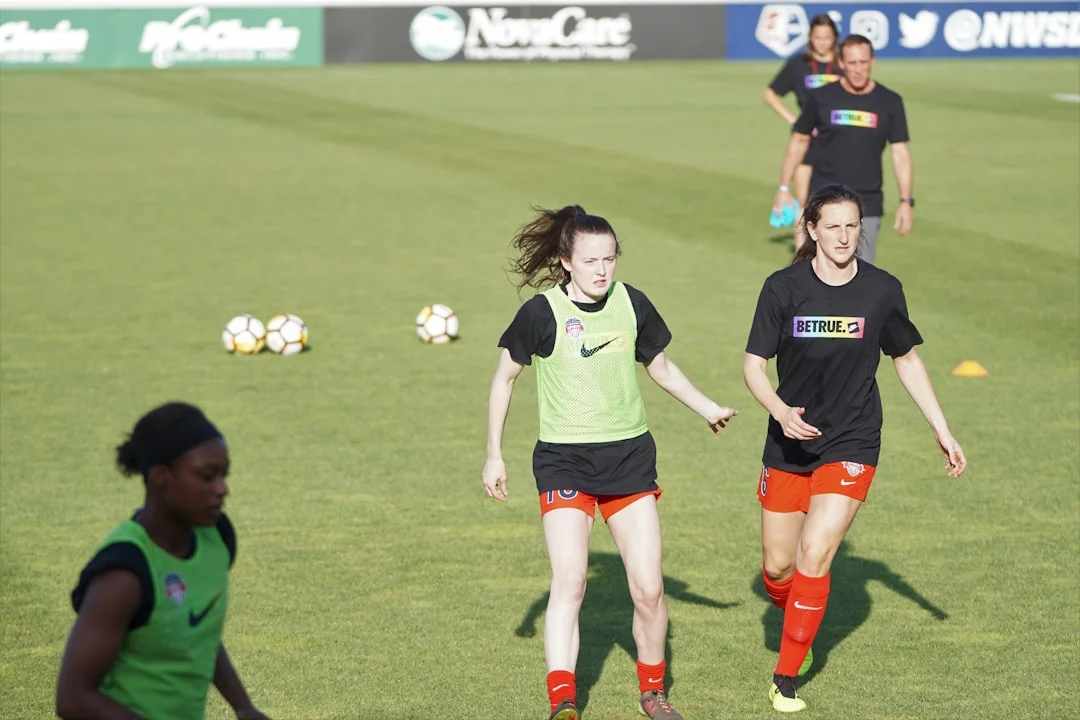Passive Electronically Scanned Array, commonly known as PESA, is a significant technology used in aviation for radar systems. It is a type of phased array radar system that offers advanced surveillance and tracking capabilities. PESA is widely used in military aircraft, commercial airlines, and air traffic control systems. Its ability to provide accurate and real-time data makes it an essential component in aviation operations.
PESA utilizes an array of antenna elements that work together to transmit and receive signals. Unlike active electronically scanned array (AESA) which uses multiple transmit/receive modules, PESA operates by electronically steering the radar beam through phase shifting the signals received by each antenna element. This allows for rapid beam scanning and flexible radar coverage. PESA can track multiple targets simultaneously, providing improved situational awareness for pilots and air traffic controllers.
Contents
Advantages of Passive Electronically Scanned Array
PESA offers several advantages over traditional radar systems, making it a preferred choice in aviation. Let’s explore some of these advantages:
Improved Reliability and Maintenance
One of the key advantages of PESA is its improved reliability and maintenance. Compared to mechanically scanned radar systems, PESA has no moving parts, reducing the risk of mechanical failures. This results in lower maintenance requirements and increased system longevity. Additionally, PESA’s modular design allows for easier component replacement, minimizing downtime and improving overall operational efficiency.
Furthermore, PESA’s solid-state design reduces the need for regular calibration, making it more reliable for continuous operation. The absence of moving parts also means reduced wear and tear, resulting in cost savings for airlines and other aviation operators.
Enhanced Performance and Versatility
PESA offers enhanced performance and versatility in radar systems. By electronically steering the radar beam, PESA allows for rapid scanning of a wide area, providing improved surveillance coverage. This enables early detection of potential threats, such as other aircraft, drones, or hazardous weather conditions.
Moreover, PESA’s ability to track multiple targets simultaneously makes it highly beneficial for military applications. It can track and engage multiple missiles, aircraft, or ground targets, providing superior situational awareness and response capabilities. The versatility of PESA also extends to air traffic control systems, where it enables efficient monitoring and management of aircraft movements.
Reduced Radar Signature
In addition to its operational advantages, PESA also offers reduced radar signature. The use of low probability of intercept (LPI) techniques in PESA systems makes them less susceptible to detection by enemy or hostile radar systems. This provides a significant tactical advantage for military aircraft, as it reduces the chances of detection and improves the overall survivability of the aircraft.
The reduced radar signature of PESA systems is achieved through various techniques, such as frequency agility, waveform diversity, and advanced signal processing algorithms. These techniques ensure that the radar signals emitted by the aircraft are difficult to detect and track, enhancing its stealth capabilities.
PESA in Aviation: Applications and Future Developments
PESA technology has found extensive applications in various aviation sectors due to its numerous benefits. Let’s take a look at some of the key applications:
Aviation Surveillance Systems
PESA is widely used in aviation surveillance systems, including air traffic control radars and weather radars. Its ability to provide accurate and real-time data makes it essential for monitoring and managing air traffic, ensuring safe and efficient operations.
The use of PESA in weather radar systems allows meteorologists to track and predict the movement of storms, enabling timely weather warnings and improved decision-making for pilots and airlines. This helps in minimizing the impact of adverse weather conditions on aviation operations and enhancing passenger safety.
Aircraft Radar Systems
PESA is also extensively employed in aircraft radar systems, both in military aircraft and commercial airlines. In military aircraft, PESA provides advanced capabilities for surveillance, tracking, and engagement of targets. It allows fighter jets and bombers to detect and engage multiple threats simultaneously, giving them a significant advantage in combat situations.
In commercial aviation, PESA plays a crucial role in aircraft collision avoidance systems, such as TCAS (Traffic Collision Avoidance System). TCAS utilizes PESA radar technology to detect and track nearby aircraft, providing alerts and guidance to pilots to avoid potential collisions. This enhances safety in busy airspace and minimizes the risk of mid-air collisions.
Future Developments
The future of PESA technology in aviation holds promising advancements. One area of development is the integration of PESA with other advanced technologies like artificial intelligence (AI). By combining PESA radar data with AI algorithms, it becomes possible to enhance target identification and tracking, as well as improve automation in air traffic control systems.
Furthermore, ongoing research is focused on improving the capabilities of PESA systems by increasing the number of antenna elements and enhancing the beamforming techniques. These advancements aim to provide even greater surveillance coverage, improved target tracking, and enhanced radar performance.
As aviation continues to evolve and face new challenges, PESA technology will play a crucial role in ensuring safe and efficient operations. Its reliability, performance, and versatility make it an indispensable tool in aviation surveillance, aircraft radar systems, and beyond.
For more information on PESA and its applications in aviation, you can visit the Aviation Today website.
For More: What is DR in Aviation? (Dead Reckoning)




